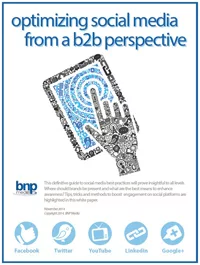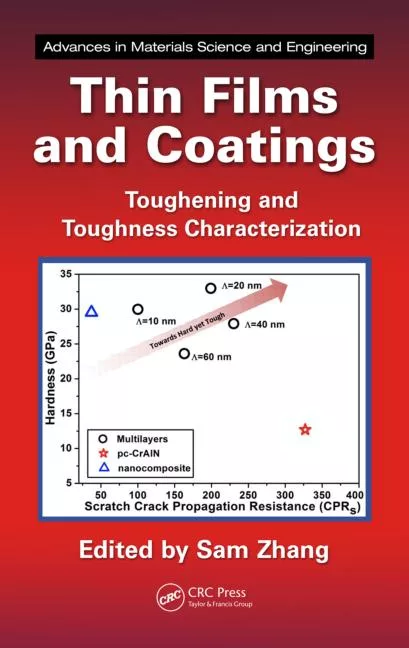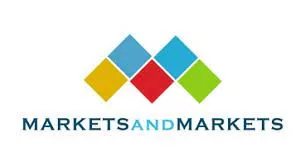Coatings Competition From China
Our national tradition of protecting industries behind tariff walls is being eroded at an ever-faster rate since World War II, when America accepted the economic and political consequences of being the World's only economic superpower. Coatings producers face the even greater threat of foreign competition from Mainland China. They must adopt more stringent policies to ensure more efficient operations.
The U.S. Government eased the entrance of China into the World Trade Organization in the year 2000 and allowed China to export to the United States under Most Favored Nation tariff levels. Urging China to become a more democratic nation with a free-market economy has become one of our major foreign policy efforts. China's trade surplus with the United States continued to balloon in 2005 and is expected to approach a record of $200 billion. China's exports to the United States are six times its imports. The U.S. department of commerce estimates that the Chinese economy will grow at 9% annually for the next 20 years, as against 3-4% for the United States.
Alan Greenspan, former Chairman of the Federal Reserve System, has been hammering away at industry to become more efficient and boost worker productivity. Cutting costs - and prices - is the only way American industry can maintain profits and market share. However, Mr. Greenspan assumes that all manufacturers understand what worker productivity means, how to measure it and how to improve it.
In 2003, George Mason University published a study covering four southeastern states that found that many manufacturers of 250 employees or fewer really do not know how to measure their productivity.
What is Productivity?
What does productivity actually mean? The simplest definition is output for each hour worked. For example, let us assume that in the month of June a manufacturer produced, or output, 20,000 gallons of paint (specialty high-temperature coatings for industrial use). Doing so required 87 employees to work a total of 5,000 hours. Assume further that each employee was paid $10.00 an hour.Let us suppose that in August, two months later, after a company program to increase productivity, the plant produced the same 20,000 gallons of paint (output) using 87 employees but this time requiring only 4,500 hours worked. That is a savings of 500 hours. If employees were still paid $10.00 an hour, lowering per unit labor costs would enable the paint producer either to reduce price and maintain margin, or maintain the original price and increase profit margin. Either alternative would enable the company to maintain its profit margin and still meet Chinese - or other - competition. In addition, the quality of American output is far superior to that of the Chinese, and American on-time delivery is more dependable.
This example over-simplifies the productivity problem. Realistically, companies produce not one but many items - a variety of products or models may be coming down multiple production lines at any one time. The total output in any month might be a heterogeneous mixture of several items, each requiring differing numbers of man-hours worked.
Trying to ascertain overall productivity becomes a complex task. It is for that reason that many companies have given up trying to determine exact productivity every month, and merely guess at some rough total or how to reduce it.
Nor is this the end of the productivity situation. To achieve higher productivity requires more than exhorting the work force to do better, to work more carefully to curtail quality errors and more efficiently to boost production. Somehow employees have to be rewarded for such more careful consistent efforts.
Where does that reward come from? In the example above, the company in the month of August produced 20,000 gallons of paint with a lesser number of hours worked (4,500 hours) than it took to produce the same number of gallons of paint in the previous month. That gain of 500 hours was equal to a savings of $5,000 in direct wage cost. If that $5,000 dollar gain was split 50/50 with the work force, giving $2,500 dollars as a monthly bonus to the employees, and retaining the other $2,500 dollars in savings to the company, everybody comes out ahead! This is a self-funded method of rewarding the work force and the company for the improved performance without increasing total cost. This sharing of the gain is now technically known as a Gainsharing plan and is what Mr. Greenspan kept recommending.
Gainsharing was originally devised in the 1930s during the Depression and evolved following World War II. Most executives often require outside experts to design a customized Gainsharing plan engineered for their company with its unique patterns of manufacturing and personnel. The design includes finding a common denominator to measure productivity month by month, figuring the proper level of reward for the work force for their higher productivity and quality efforts, orienting the management on their responsibilities under the plan, and carefully educating the workforce in their role in making the plan a financial success for everyone.
America has had a history of tariffs and protectionism since the first tariff bill passed in 1789 by America's first Congress. The modern era of lower tariffs and a view that America was part of an international economy began under President Franklin Roosevelt during the Depression. He repudiated the high Smoot-Hawley Tariff of 1929, and originated the reciprocal trade agreement programs to lower tariff walls under the Trade Agreements Act of June 1934. That legislation allowed lower tariffs to be negotiated with individual nations through bilateral reciprocal agreements.
The Marshall Plan, originated in 1948 in an effort to rebuild Europe, saved it from Communism. Aided by the Marshall Plan in the 1950s and 60's, Germany, France, the Low Countries - and later Japan - rebuilt their industries with modern plants. President Richard Nixon in the 1970s began efforts to establish cordial relations with China, to offset Russian power.
The North American Free Trade Agreement of 1992 further opened our borders to less-costly competition from Canada and Mexico. By 1998, under the NAFTA negotiated by President Clinton, we made a concerted effort to move towards freer trade as part of our foreign relations program.
Today, the threat to American industry is arising from industrializing Mainland China, a country with unlimited cheap manpower and readily available raw materials. Its exports are threatening a growing list of American industries.
China is exporting ever-growing amounts of cheap goods to pay for its imports.
In the light of theses factors we can understand Mr. Alan Greenspan's continual insistence that we improve efficiency, productivity and quality by some form of Gainsharing.
Several articles resulting from Dr. Woodruff Imberman's experience in designing and installing Gainsharing programs in various companies will provide readers with detailed information on Gainsharing. These three articles explain why many manufacturers use Gainsharing programs to motivate workers to improve their performance and for the company to maintain profitability. The articles are: "All You Ever Wanted to Know About Gainsharing, but Were Afraid to Ask," (Target magazine, May/June 1993); "Is Gainsharing the Wave of the Future?" (Management Accounting, Nov 1995); and "Gainsharing: a Lemon or Lemonade?" (Business Horizons, Jan./Feb. 1996).
Readers desiring complimentary reprints of these articles or with further questions about Gainsharing can address inquiries to Dr. Woodruff Imberman at his email address imbanddef@aol.com or see the authoritative website; www.imbdef.com.
Looking for a reprint of this article?
From high-res PDFs to custom plaques, order your copy today!








